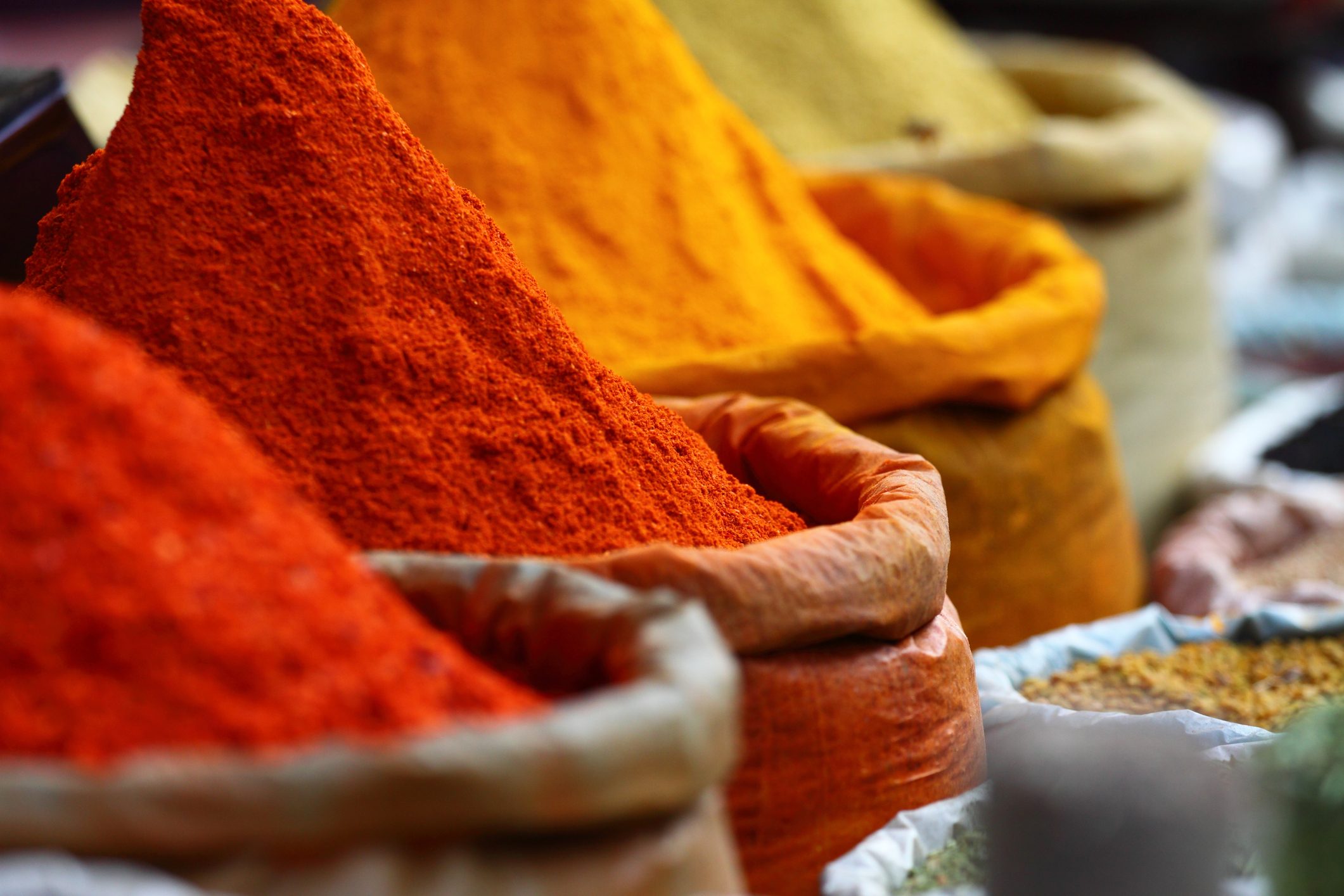7 Natural Ways To Color Foods — These Are Making Food Dyes Less Popular
Tis' the season to be jolly and food colouring is back on the trend table. But, did you know that you don't have to employ the use of chemical dyes to achieve this aesthetic feat? Read on for 7 natural ways to color foods to celebrate Christmas this year — these will definitely be popular with your kids!
;Resize,width=742;)
With natural food dyes, you can rest assured that you're not ingesting harmful chemicals. But, even better, they can make your meals more nutritious! Regardless of the occasion, you can make your meals look more enticing with richly pigmented foods. Here's how:
1. Paprika: Orange or Orange-red Color
Add paprika to any dish and you'll rewarded with an orange or deeper orange-red color. However, the color produced is dependent on the peppers used in the paprika. If you want to add color — and not spice — to your dish, try sprinkling the uncooked paprika over the meal.
2. Matcha Tea: Green

Matcha is a finely milled or powder green tea from Japan, known for being highly nutritious. But did you know that aside from the common practice of drinking it as tea, it can be used to color literally any dish since it has a rich flavor that's just mild enough to go with many other dishes.
3. Boiled Purple Onion Peels: Deep Orange
Add some purple onion peels when boiling your eggs to give them a deep orange hue. The longer the eggs stay in the water, the darker their color.
4. Beets: Red or Pink

This list would be incomplete without a mention of beets as they're known for their rich red pigmentation which can easily be transferred to other foods. But even better, they contain vitamin C, iron and magnesium!
5. Turmeric or Saffron: Yellow
Turmeric and saffron can easily transfer its signature golden hue to any food and is also very nutritious. If you're using fresh saffron, you may have to soak the stems in hot water/stock for 20 minutes before you add it to your dish. Alternatively, you can grind the saffron with a mortar and a pestle to make the color soak in better.
6. Greens like Kale, Spinach

A good way to get your vegetables in, is by making green juice. Think a mixture of greens like kale, spinach, parsley, and sweet fruits like apples, and grapes. The green juice can then be added to cake batters or food dressing for green colouring.
Tip: make a green puree to mix into mac n cheese; it's a genius way to get your kids to.eat more greens!
7. Pomegranate Juice: Pinkish-red
If you love pomegranates then you'll love this hack. The juice of the pomegranates can transfer a light red hue to your meals. You can adjust the concentration of the pomegranates as desired.
On a final note, it is important to reiterate that the addition of spices, fruits and vegetables to color foods should be done while considering how they can impact the flavors. Don't forget, the more vivid the colouring, the more likely it is that the taste is also affected.
;Resize,width=767;)
;Resize,width=712;)


